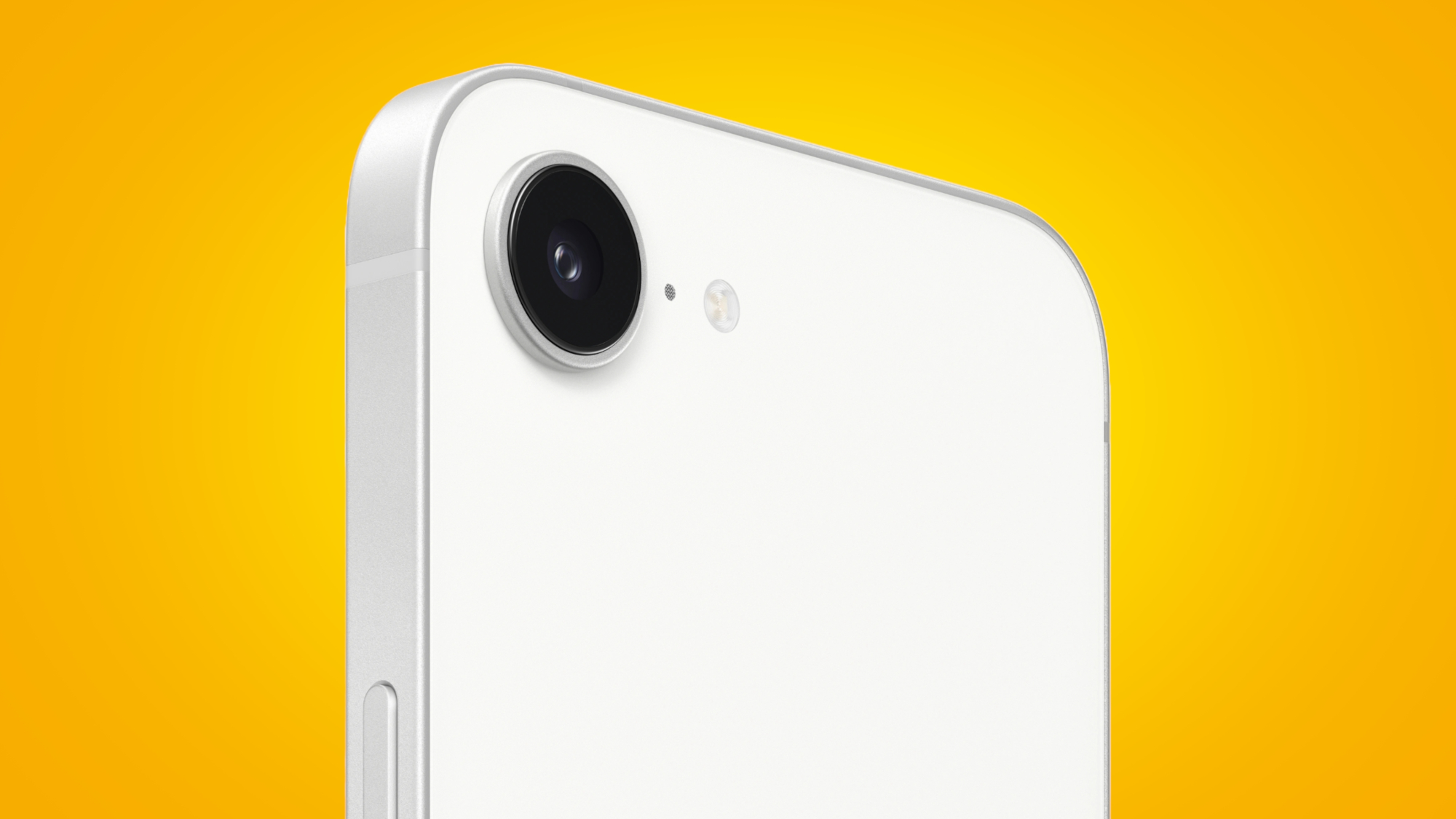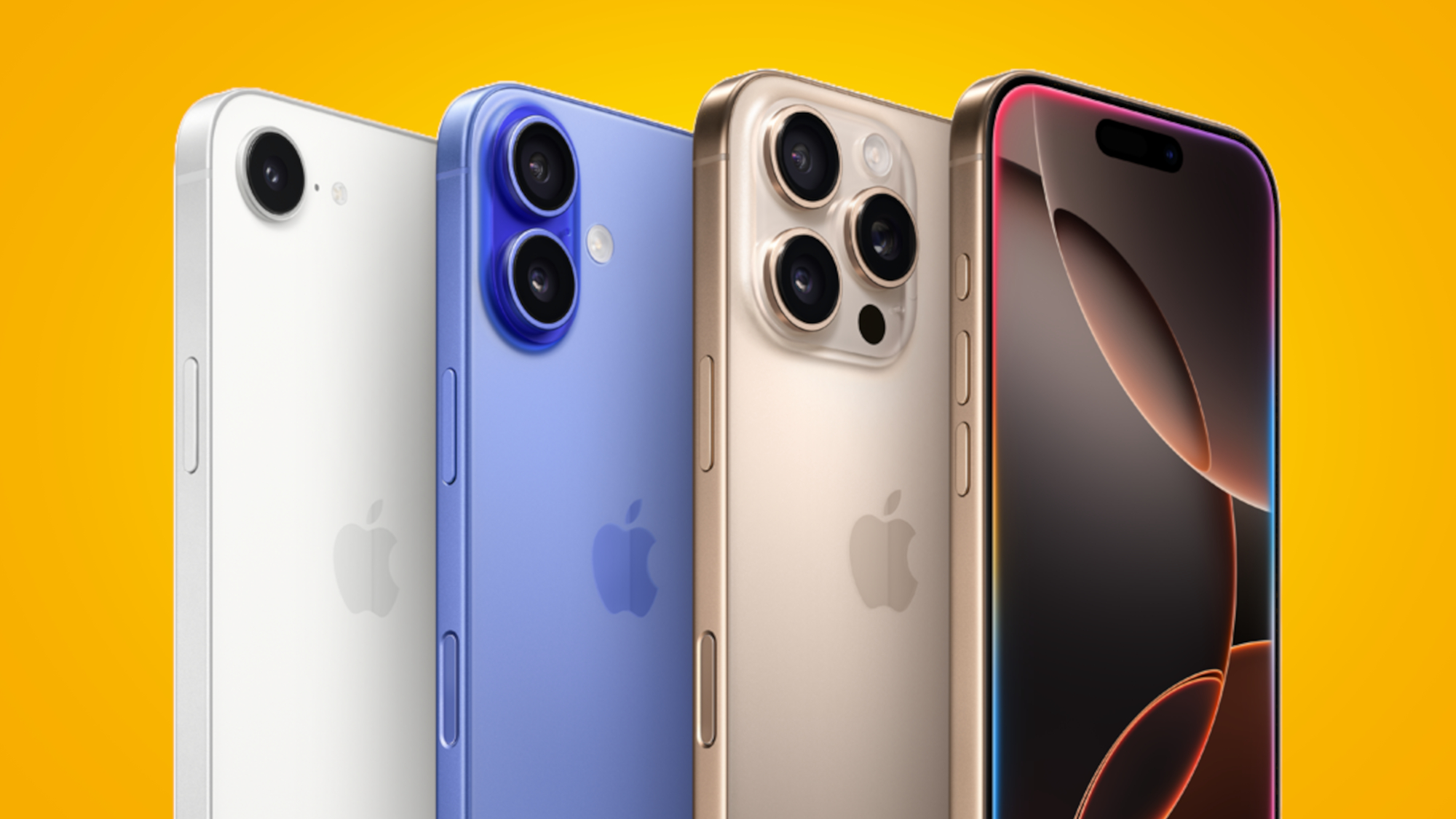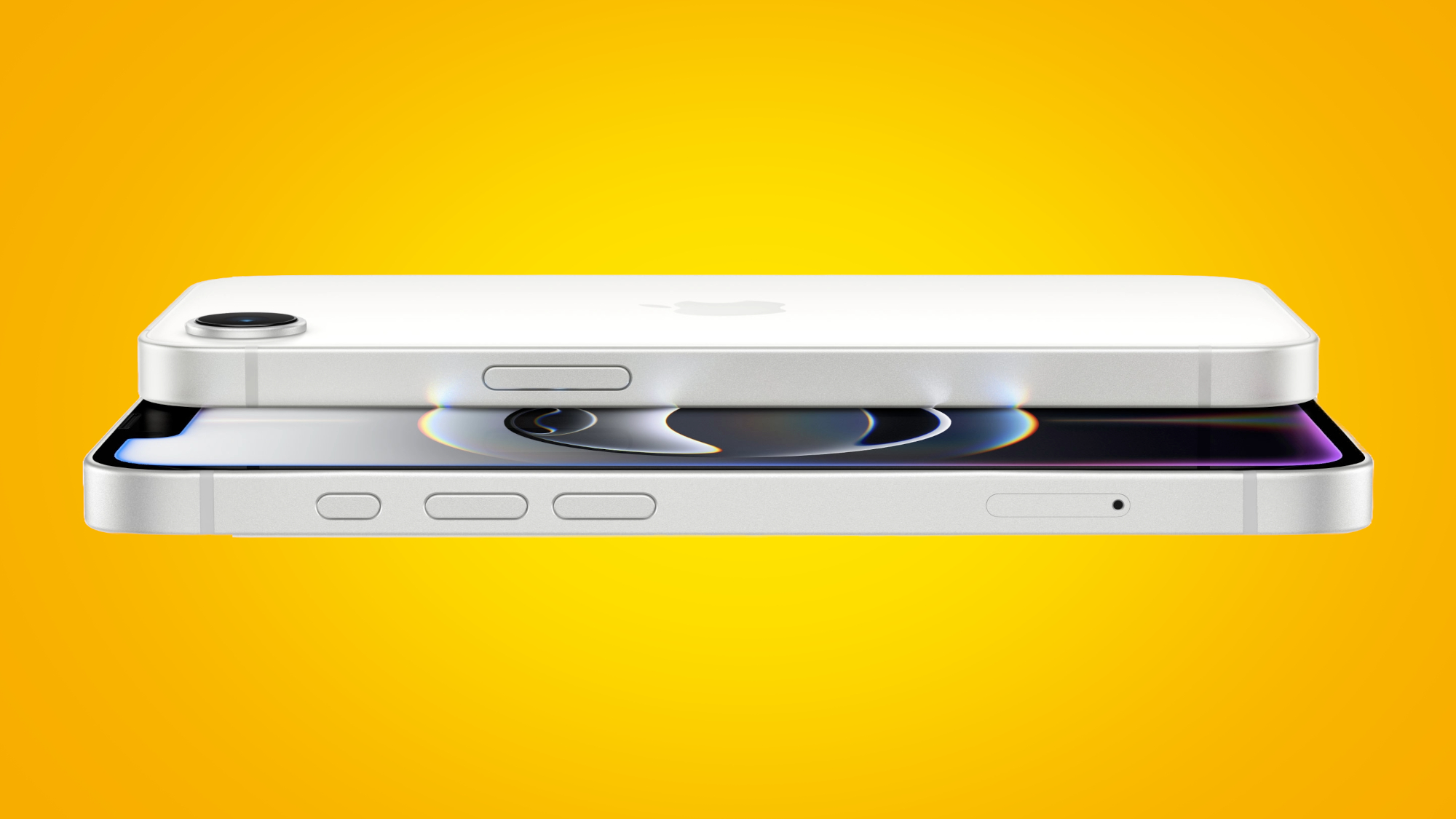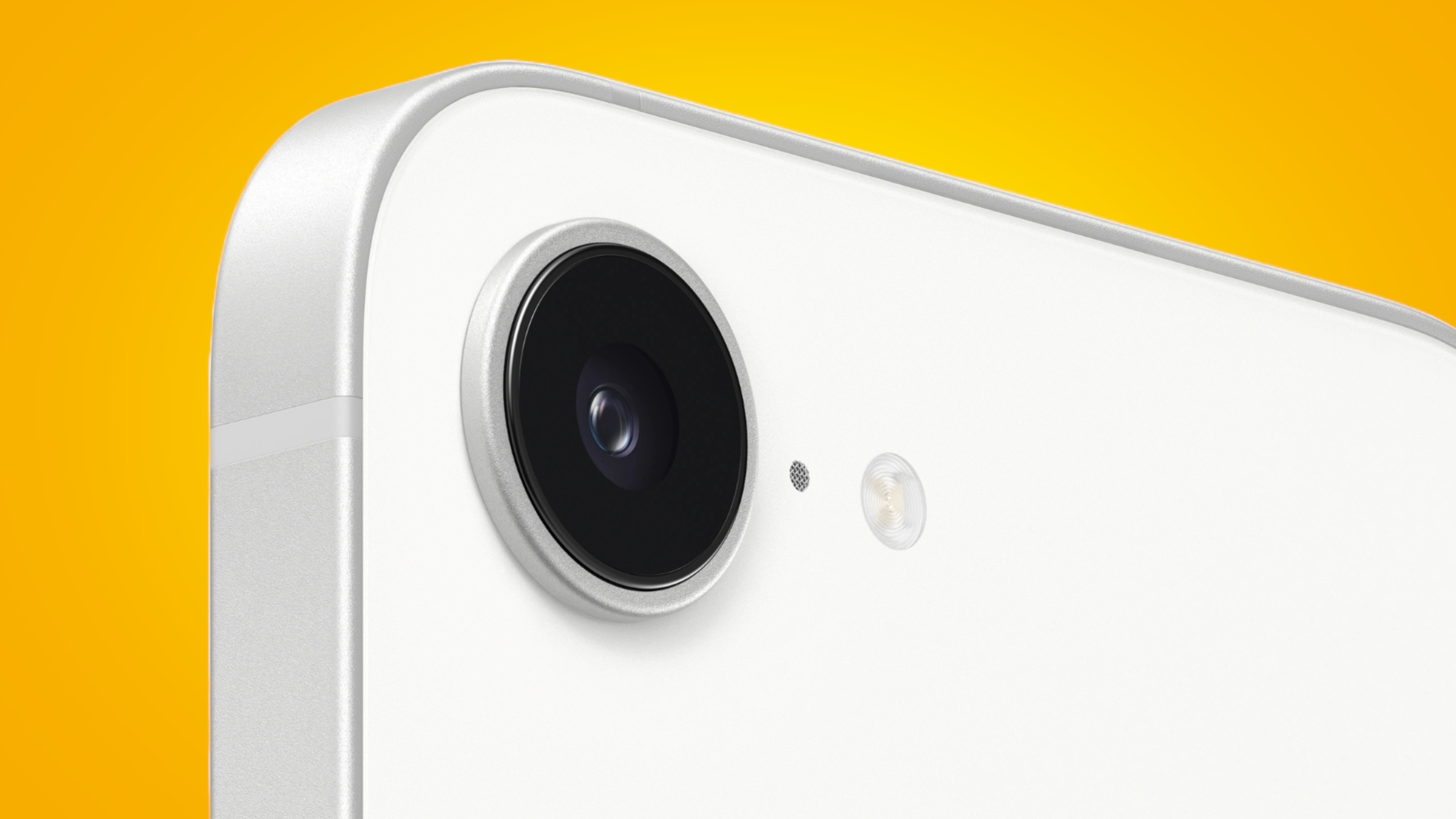
The iPhone 16e is official. Following months of rumors, Apple announced its new budget smartphone on February 19, and the feature-packed device (which we thought might be called the iPhone SE 4) looks set to rank among the best cheap phones released in 2025.
The iPhone 16e replaces both the iPhone SE (2022) and the iPhone 14 in Apple’s iPhone lineup, and as such brings several meaningful upgrades over its now-outdated predecessors.
We’re reacting to the phone’s announcement in our iPhone 16e live blog, but below, we’ve rounded up five things you need to know about the iPhone 16e – from its price and availability to its display, chipset, and software upgrades.
New name, same USP

The first thing to note about the iPhone 16e is its name. All previous generations of the iPhone SE have been marketed as separate from their respective mainline counterparts – the iPhone SE (2022), for instance, was considered entirely separate from the then-flagship iPhone 13 line – but the iPhone 16e is being positioned as part of the main iPhone 16 family.
In Apple terms, SE stood for 'Special Edition,' and the three SE models released prior to the iPhone 16e arrived at inconsistent intervals (2016, 2020, and 2022). The switch to a new naming convention – specifically ‘[generation number]e’ – could allow Apple to release a budget-friendly iPhone every year, similar to how Samsung releases lower-spec 'FE' versions of its flagship Galaxy devices every year.
Of course, ‘iPhone 16e’ also sounds more premium than ‘iPhone SE (2025)’ or ‘iPhone SE 4’, so the move could simply be Apple trying to boost the appeal of what is, essentially, its new entry-level iPhone.
A bigger, better display

The first hardware upgrade to note about the iPhone 16e is its screen size. Where the iPhone SE (2022) used a 4.7-inch LCD panel, the iPhone 16e boasts a comparatively huge 6.1-inch OLED display, which brings the SE series in line with Apple’s base-model iPhones and, incidentally, the Google Pixel 8a (so long, small phones). It’s stuck with a 60Hz refresh rate, but again, so are Apple’s base-model iPhones.
Get daily insight, inspiration and deals in your inbox
Sign up for breaking news, reviews, opinion, top tech deals, and more.
The move to a more modern display size also means the omission of a physical Home button on the iPhone 16e. There are no Touch ID capabilities to speak of here – it’s Face ID or nothing, the components for which are tucked away in a visible notch at the top of the iPhone 16e’s display.
Visually, then, the iPhone 16e looks a lot like the now-discontinued iPhone 14, but the newer phone does benefit from an Action button (first introduced on the iPhone 15 Pro) and a more powerful (albeit solitary) main camera – more on this below.
A lonely (but powerful) lens

Let’s talk about that camera. The iPhone 16e gets a single, 48MP wide lens on the back, which is complemented by a 12MP selfie camera on the front.
Being a lower-spec iPhone, we’re not surprised to see Apple stick with a single-lens rear setup for its latest budget-friendly model. In fact, the phone’s 48MP main camera is the same as the one you’ll find on the regular iPhone 16 – it's Apple's 'Fusion' lens, which features an integrated 2x telephoto that lets you zoom in with optical quality.
Considering that the iPhone SE (2022) used a 12MP main camera, the iPhone 16e’s 48MP lens marks quite the step up, though you’ll still miss out on a dedicated telephoto and ultra-wide lens by going for Apple’s new model. Camera Control, too, remains exclusive to the rest of the iPhone 16 line.
Flagship-grade internals

Under the hood, the iPhone 16e is leagues ahead of the iPhone SE (2022) and indeed many other iPhones released since then.
The device is equipped with an A18 chip, which is the same chipset inside the iPhone 16 and iPhone 16 Plus, and Apple has also included a larger, longer-lasting battery in the iPhone 16e versus the 2022 iPhone SE. We don’t have specifics yet, but given that the standard iPhone 16 managed 15 to 16 hours of screen-on time during our testing, we’d expect the iPhone 16e to deliver similar levels of endurance (Apple is quoting up to 26 hours of video playback, which is certainly an improvement).
Other internal upgrades for the iPhone 16e include the first-ever Apple-made 5G modem, the C1. Ever since Apple acquired Intel’s modem business for $1 billion, it's been working hard to build its own modem in a bit to reduce reliance on Qualcomm, and the iPhone 16e is the first beneficiary of this years-long project.
It's not yet clear how much better or worse the Apple C1 is versus the Qualcomm 5G modem you'll find inside the rest of the iPhone 16 lineup, but superior battery efficiency could be on the cards for iPhone 16e owners.
All that said, the biggest under-the-hood feature of Apple’s new phone is its Apple Intelligence compatibility. Previously, the company’s AI feature suite was reserved for owners of the very best iPhones – think the iPhone 15 Pro, iPhone 16, and iPhone 16 Pro – but now, software tools like Clean Up, Notification Summaries, and the redesigned Siri are much more accessible, given the iPhone 16e’s less-than-flagship price (more on this below).
Cheaper, but not cheap

Now for the big question: how much does the iPhone 16e cost? The base, 128GB storage variant costs $599 / £599 / AU$999, and there are also 256GB and 512GB variants to choose from.
The iPhone SE (2022) launched for $429 / £419 / AU$719 back in 2022, but that was for the model with 64GB of storage. The 128GB model, meanwhile, cost $479 / £469 / AU$799, so the iPhone 16e’s starting price marks a sizeable increase.
That said, the 128GB variant of the iPhone 16 costs $799 / £799 / AU$1,399, so Apple’s new iPhone still undercuts the base model by a significant margin. It’s not cheap, per se, but it’s cheaper in iPhone terms. Of course, that doesn't necessarily mean it's great value – we'll have to put the iPhone 16e through our full review process before saying one way or the other.
Pre-orders for the iPhone 16e begin on February 21, and the device will ship from February 28. Will you be buying Apple's newest iPhone? Let us know in the comments.
You might also like
- The best iPhone 2024: which Apple smartphone reigns supreme?
- The best iPad 2024: top Apple tablets to consider right now
- More Apple devices have been tipped for 2025

Axel is TechRadar's UK-based Phones Editor, reporting on everything from the latest Apple developments to newest AI breakthroughs as part of the site's Mobile Computing vertical. Having previously written for publications including Esquire and FourFourTwo, Axel is well-versed in the applications of technology beyond the desktop, and his coverage extends from general reporting and analysis to in-depth interviews and opinion. Axel studied for a degree in English Literature at the University of Warwick before joining TechRadar in 2020, where he then earned an NCTJ qualification as part of the company’s inaugural digital training scheme.
You must confirm your public display name before commenting
Please logout and then login again, you will then be prompted to enter your display name.